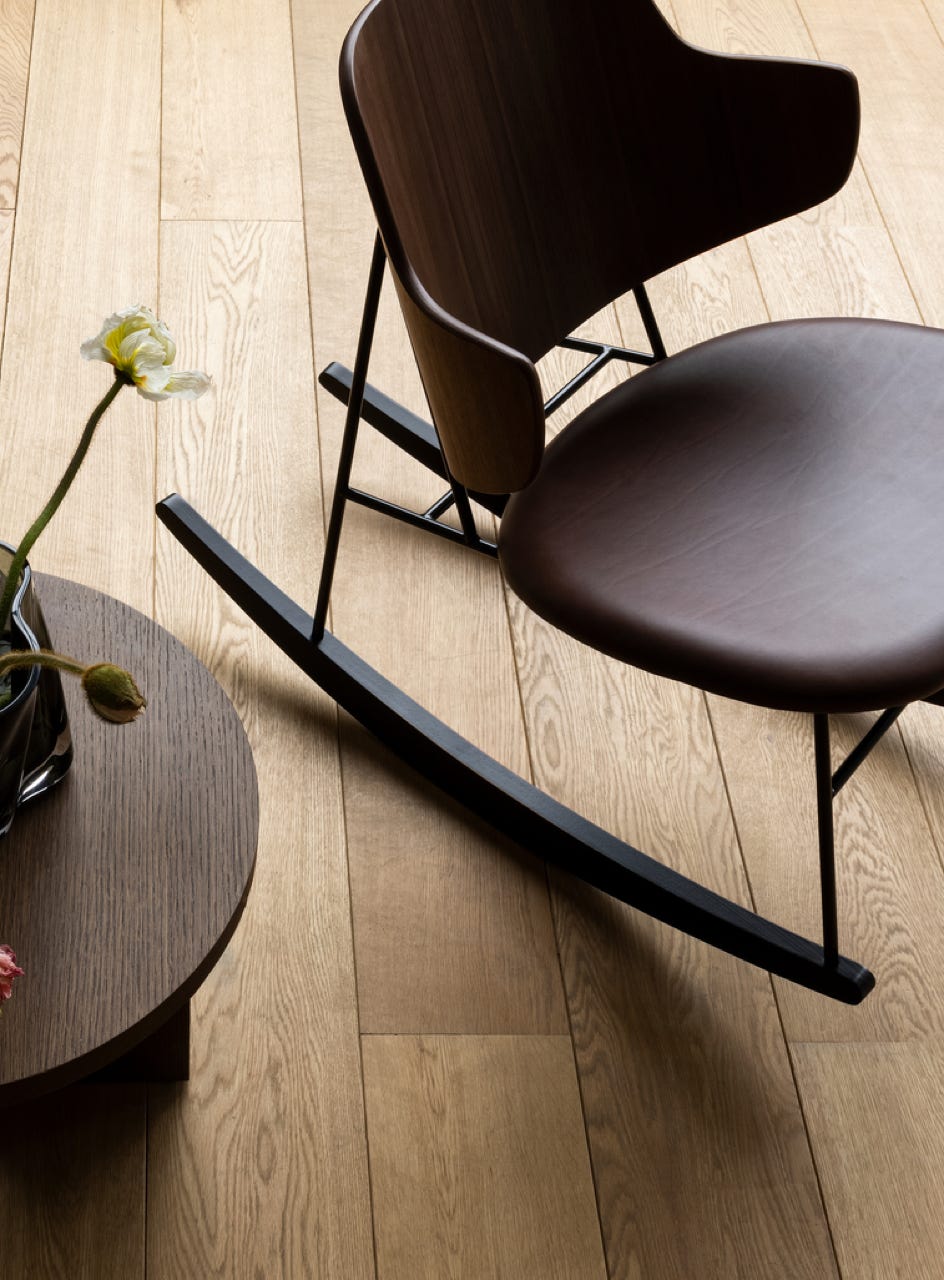

The Penguin Rocking Chair is the most playful piece in the Penguin family, which includes a table chair and an lounge chair. It follows in the footsteps of the American modernists of the 1950s and 1960s and is graphic enough to be displayed as a work of art in any room of the house.
The curved oak or walnut veneer seat and backrest can be upholstered in leather or fabric.
Materials Black painted steel, curved plywood and oak or walnut veneer.
Dimensions 56 × 85 x H74 cm Seat height 42 cm
Oak
Walnut
Oak + Dakar 0842 leather
Oak + Re-wool 448
Oak + Re-wool 218
Oak + Hallingdal 110
Oak + Hallingdal 600
Oak + Dakar 0329 leather
Oak + Dakar 0250 leather
Walnut + Dakar 0842 leather
Walnut + Re-wool 218
Walnut + Re-wool 448
Walnut + Hallingdal 600
Walnut + Hallingdal 110
Walnut + Dakar 0250 leather
Walnut + Dakar 0329 leather
Dakar 0329 leather
Re-wool 218
Re-wool 448
Hallingdal 110
Hallingdal 600
Dakar 0842 leather
Dakar 0250 leather
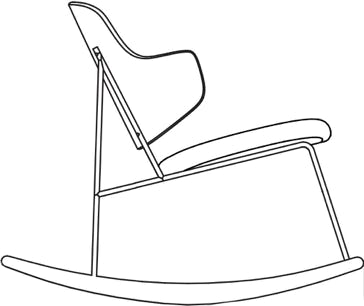
Upholstered seat
from
Fully upholstered
from
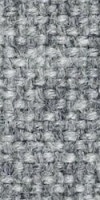









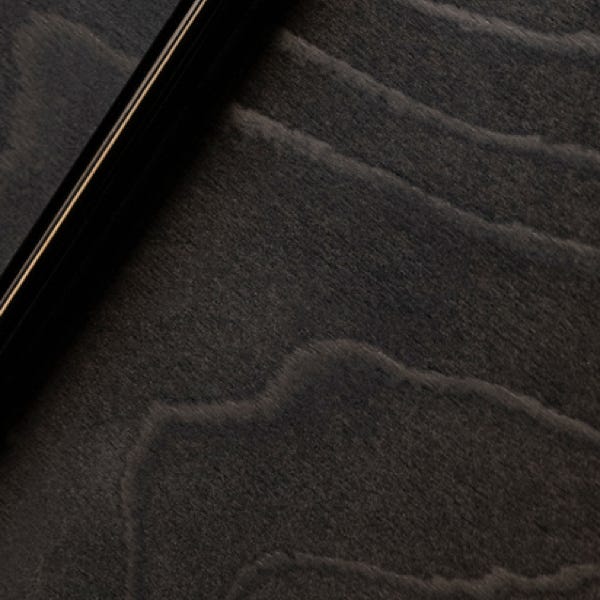





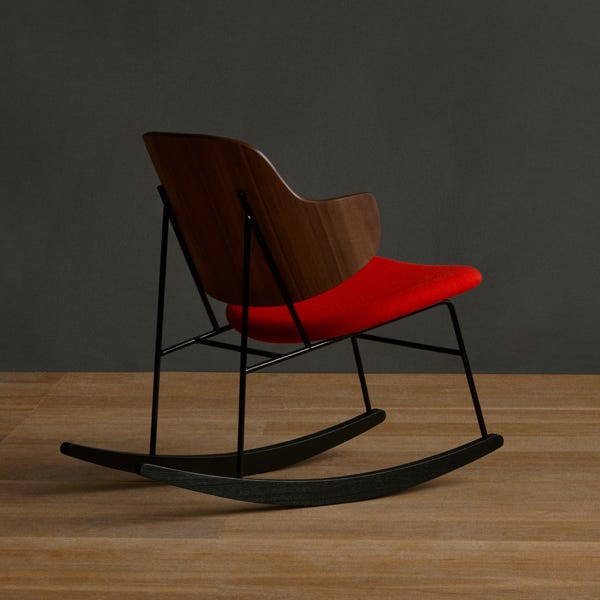



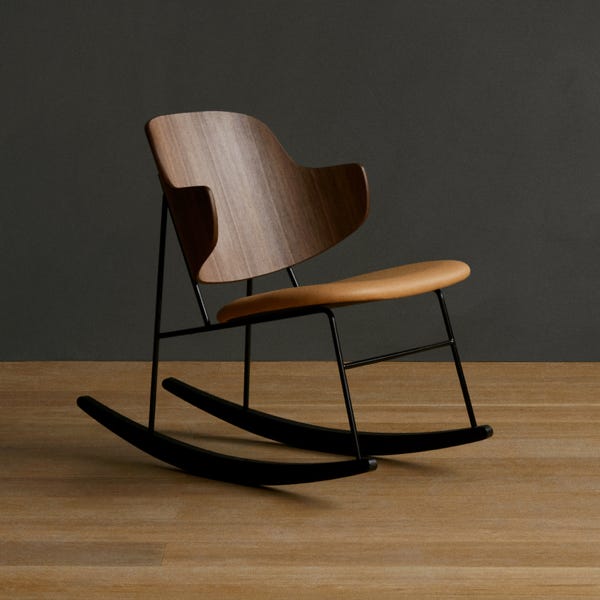





Wooden shell

Upholstered seat

Fully upholstered
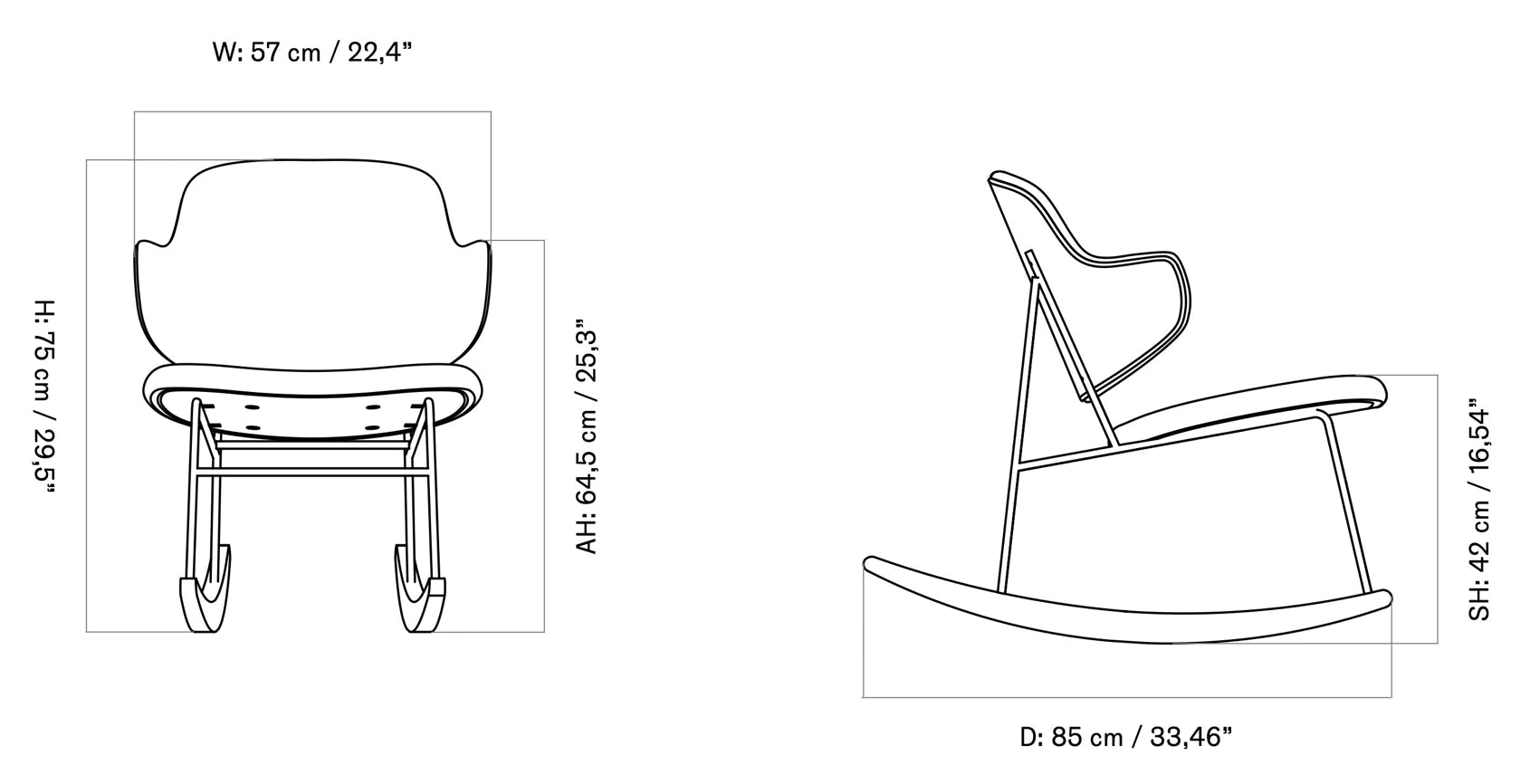
Ib Kofod-Larse
Architect Ib Kofod-Larsen (1921-2003) enjoyed a successful career in the 1950s and 1960s, when Danish design was flourishing around the world. Much of his extensive catalogue of furniture was designed for the non-Danish market and manufactured abroad. He worked for American, Swedish, British and German companies and furniture manufacturers, and this is perhaps why his furniture is, wrongly, better known abroad than in his native Denmark.
Ib Kofod-Larsen was part of the movement known as Danish Modernity, but went slightly unnoticed and worked in the shadow of Kaare Klint, Hans J. Wegner, Børge Mogensen, Arne Jacobsen, Finn Juhl and Nanna Ditzel. Today, he is regarded as one of the most underrated - but also one of the most exciting - names on the Danish design scene. And one of the greatest design minds Denmark has ever had. "His furniture is sophisticated and well-proportioned, with beautiful silhouettes and sculptural, organic lines and curves. Although he felt himself to be a craftsman - and did not take an academic approach to furniture design - there is something poetic and artistic about his creations. The soft lines. The visual lightness. Graphic purity. Free, artistic expression. He was a purist. A man of details.
At first glance, his furniture may seem simple, but on closer inspection it's full of detail. He is inventive, bordering on engineering. He drew, sculpted, made prototypes, was involved in production and participated in the whole process, right through to every test and launch. He was a creative designer, perhaps one of the greatest designers of the golden age of Danish design. He took an innovative approach. Not just for furniture, but also for the way furniture was thought about.
First of all, he had an exceptional understanding of materials and an eye for the potential of wood and the quality of the raw materials he used. He often worked with different types of wood, mainly teak and rosewood, in combination with real leather. For Kofod-Larsen, the most important thing was that the furniture was pleasant to the touch and to sit on. To the touch and when you sit on it. For all his chairs, The Penguin, The Seal and Elizabeth Lounge Chair, he focused on the person who was going to sit in them.